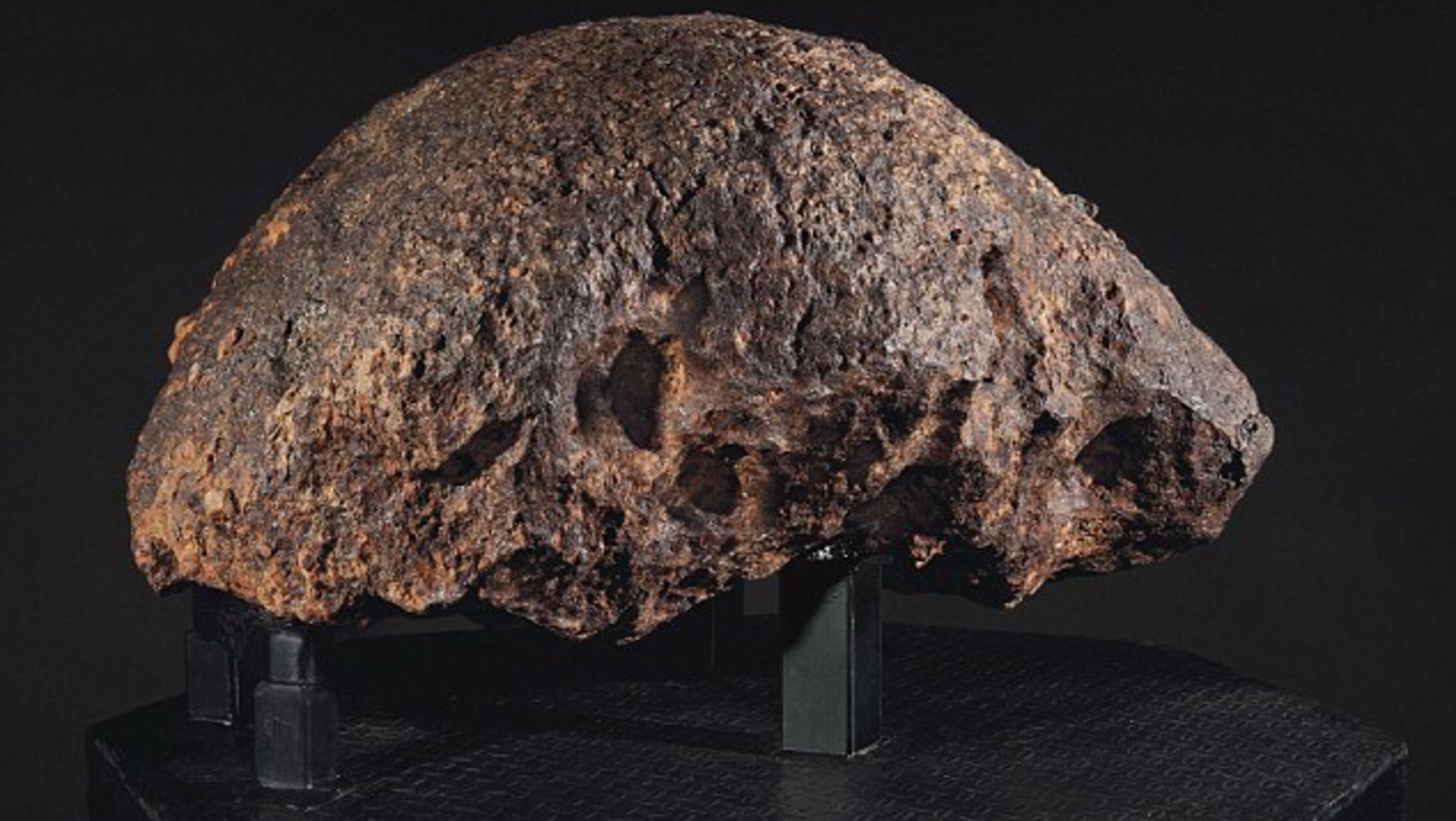

A stone is a gift from Manitou (the Creator) and has powers given it by the Creator. Stones are sacred to many Indigenous Nations. Some scientists divide these objects into two categories: “meteorites” and “meteorwrongs.The Manitou Stone is known by many names: Manitou Asinîy (Creator’s Stone,) awâsis kôhtakocihk kîsikohk (the child who fell from the sky,) the Iron Stone, the Iron Creek Meteorite, and the Shining Rock are just a few. Now that the public has become meteorite-conscious, many unusual fragments, not all of which turn out to be from space, are sent to experts each year. People sometimes discover unusual-looking rocks that turn out to be meteoritic these rocks are termed meteorite finds. A freshly fallen meteorite is more likely to acquire a coating of frost than to start a fire. The meteorite is ice-cold in space, and most of its interior remains cold even after its brief fiery plunge through the atmosphere. Such stories have always proved to be wrong. Every few months news outlets report that a meteorite has been implicated in the start of a fire. Most observers of a bright fireball conclude that part of it hit the ground, but that is rarely the case. There are, however, many false alarms about meteorite falls.

The 2013 Chelyabinsk fireball, which we discussed in the chapter on Comets and Asteroids: Debris of the Solar System, produced tens of thousands of small meteorites, many of them easy to find because these dark stones fell on snow. (A few meteorites have even hit buildings or, very rarely, people see Making Connections: Some Striking Meteorites box below). Observed meteorite falls, in other words, may lead to the recovery of fallen meteorites. If we search the area beneath the point where the fireball burned out, we may find one or more remnants that reached the ground. First, sometimes bright meteors (fireballs) are observed to penetrate the atmosphere to low altitudes. Whatever the ultimate source of the meteorites, they do not appear to come from the comets or their associated particle streams. No meteorites have ever been recovered in association with meteor showers. It is important to remember that such a shower of meteorites has nothing to do with a meteor shower. Such a fall occurs when a single larger object breaks up during its violent passage through the atmosphere. Meteorites sometimes fall in groups or showers. The idea that indeed “stones fall from the sky” was generally accepted only after a scientific team led by French physicist Jean-Baptiste Biot investigated a well-observed fall in 1803. The modern scientific history of the meteorites begins in the late eighteenth century, when a few scientists suggested that some strange-looking stones had such peculiar composition and structure that they were probably not of terrestrial origin. At least one sacred meteorite has apparently survived in the form of the Ka’aba, the holy black stone in Mecca that is revered by Islam as a relic from the time of the Patriarchs-although understandably, no chip from this sacred stone has been subject to detailed chemical analysis. A number of religious texts speak of stones from heaven, which sometimes arrived at opportune moments to smite the enemies of the authors of those texts.

The falls of the earliest recovered meteorites are lost in the fog of mythology. Before that, these strange stones were either ignored or considered to have a supernatural origin. Occasional meteorites have been found throughout history, but their extraterrestrial origin was not accepted by scientists until the beginning of the nineteenth century.


 0 kommentar(er)
0 kommentar(er)
